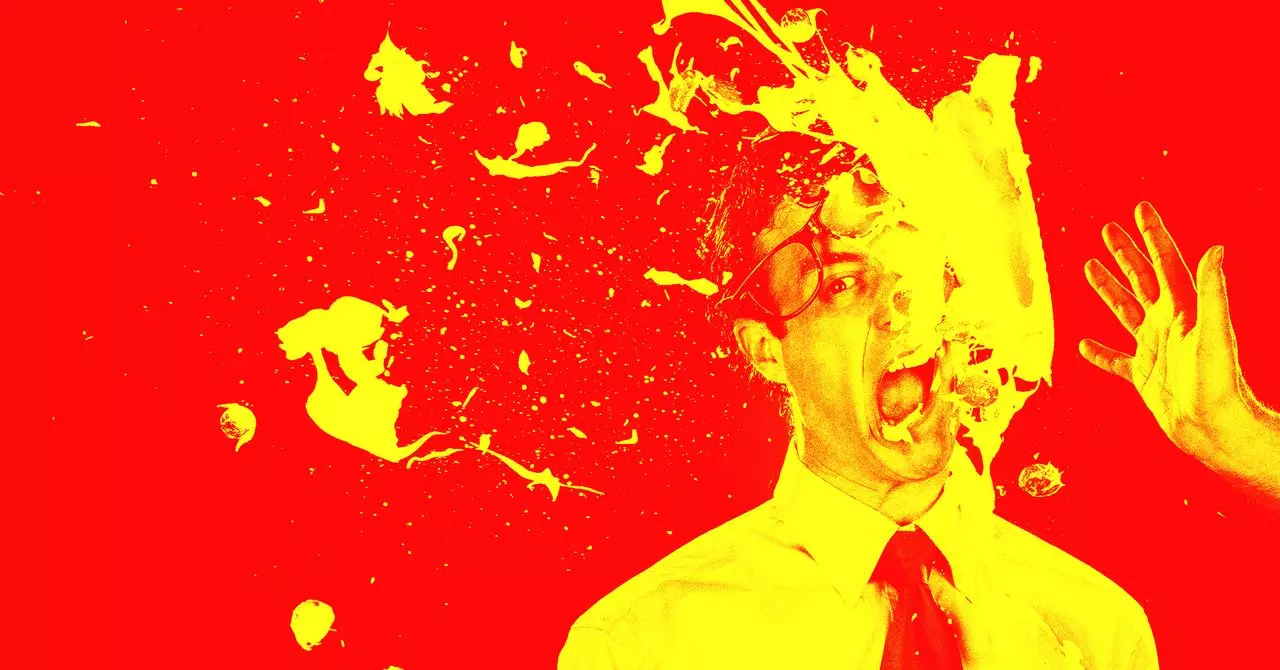Duolingo, once celebrated for its infectious social media presence and its cheerful green owl mascot, has recently become a lightning rod for criticism. The language-learning app’s early success in engaging a young, digitally savvy audience was the envy of marketers: an adorable mascot paired with clever, relatable content that fostered daily engagement. Yet, this charm offensive dramatically shifted in mid-2024 when Duolingo announced a strategic pivot toward becoming “AI-first.” This shift entailed replacing contract workers with generative AI technologies designed to automate routine tasks—an announcement that triggered outrage among its loyal users. The emotional response has been intense, with many users publicly declaring their disapproval by deleting the app, sacrificing the streaks and badges earned over years of dedication. This backlash reveals a crucial truth: generating viral popularity is fragile and can unravel quickly when corporate strategies clash with consumer values on labor and automation.
Automation Anxiety: The Dehumanizing Effect of AI in the Workplace
At its core, the negative sentiment surrounding Duolingo’s AI integration is not just about losing jobs—it signifies broader anxieties around the wholesale automation of work. Tech companies beyond Duolingo, like Klarna and Salesforce, have echoed this industrial trend by signaling hiring freezes and the displacement of human roles with AI agents. This pattern reflects an unsettling shift in which efficiency is privileged over human employment, reducing complex labor to programmable tasks. While Duolingo’s spokesperson insists AI won’t “replace staff” per se, the strategic intention to cut non-staff contractors hints at a quieter but impactful erosion of jobs typically held by humans. Such decisions portend a future where AI doesn’t just assist but potentially supplants human creativity and judgment in sectors once thought safe from automation.
The Darker Side of Generative AI
Public apprehension about AI is fueled by more than just employment fears. Generative AI tools, while impressive, have exposed alarming flaws and ethical quandaries. Reports of “hallucinated” errors—where AI generates plausible but false information—undermine trust in these technologies. Moreover, the environmental cost of running large AI models is considerable, raising concerns about sustainability. For users, the impact on mental health, from addiction-like behaviors to cognitive overload, is emerging as a genuine issue. Perhaps most controversially, AI systems rely on vast pools of existing creative works, often sourced without consent, to “train” their algorithms. This has sparked a formidable backlash from artists, writers, and other creatives who see their work appropriated and monetized without recognition or compensation. The creative industries’ resistance is crystallized in ongoing copyright lawsuits and solidarity actions like the Hollywood writer’s strike, underscoring the unresolved tensions between innovation and intellectual property rights.
The Waning Awe of AI and the Rise of Critical Awareness
When GPT-based models and similar AI tools burst onto the scene in late 2022, there was near-universal fascination with their capabilities—a childlike awe that anything, from cartoon ducks to complex queries, could suddenly be generated with ease. However, initial enthusiasm has given way to a deeper, more critical public discourse that questions AI’s unchecked rise. The early novelty failed to mask underlying issues: the labor market disruption, the ethical breaches, and the technology’s uneven reliability. Today’s digital citizens are increasingly skeptical and, in many cases, actively resistant to AI’s growing ubiquity. This shift represents a crucial moment where society must reckon with not only what AI can do but whether it should do certain things, particularly at the expense of human dignity, creativity, and livelihoods.
Rethinking the Relationship Between AI and Society
Duolingo’s perturbing pivot reveals a wider societal dilemma: can companies harness AI innovation without alienating the very communities that have supported them? The rapid integration of automation, while promising efficiency and scale, risks fostering disenchantment, distrust, and a cultural backlash that could stall the technology’s acceptance. To navigate this challenge, tech firms must be transparent about how AI affects jobs and ensure ethical guidelines protect workers and creators. Moreover, public discourse should move beyond technophilia and cynicism alike, embracing nuanced conversations about proportionality, fairness, and the distribution of AI’s benefits. Without these efforts, we risk reaping technological advances that serve a narrow corporate agenda rather than contributing to collective human progress.

